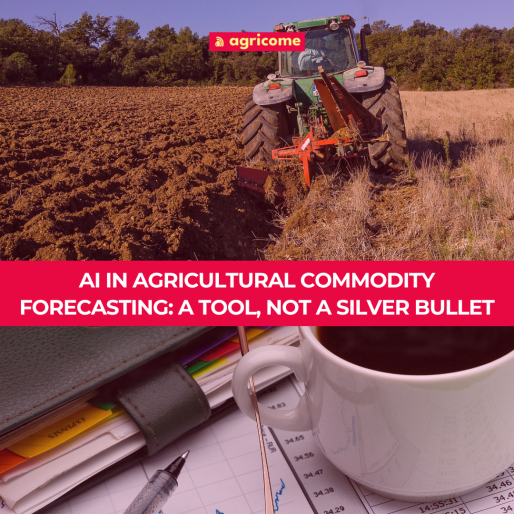The volatility of commodity markets has long challenged stakeholders across the agricultural value chain. Sharp, often unprecedented market shifts can significantly disrupt profitability and long-term planning. These ripple effects are especially pronounced in African economies, where agriculture is both a lifeline and a lever for growth. In Nigeria, the landscape is even more complex.
(1) Currency volatility: In Nigeria, the Dollar is more than a foreign currency—it shapes livelihoods daily. As a Dollar-dependent economy, persistent Naira depreciation heightens local volatility. Inputs priced in Dollars—agrochemicals, logistics, and packaging—become more expensive almost instantly, while inflation erodes purchasing power.
(2) Climate variability: Agriculture in Nigeria is predominantly rain-fed, leaving it highly vulnerable to erratic weather. Extreme events like droughts, floods, and shifting rainfall patterns disrupt harvest cycles, reduce yields, and deteriorate crop quality, driving prices upward as supply tightens.
(3) Supply-demand complexity: While basic economics ties prices to supply and demand, real-world dynamics are more intricate. Shifts in consumer preferences, evolving regulations, and the emergence of new markets all reshape commodity demand, complicating forecasts.
(4) Infrastructure and logistics: Rising fuel costs, poor infrastructure, and chronic port congestion inflate logistics expenses in Nigeria. These inefficiencies delay delivery and increase costs—burdens that are ultimately borne by consumers.
(5) Global trends and geopolitics: International market shifts and geopolitical tensions ripple into local pricing. For instance, fluctuations in global oil or cocoa prices, or new trade tariffs, can disrupt market access or shift profitability. Inflation, interest rates, and policy uncertainty further compound instability.
(6) Speculative trading: Traders often stockpile commodities expecting future price hikes, only to sell when margins are favorable. While potentially lucrative for them, it can lead to artificial inflation or deflation, detaching prices from real supply-demand fundamentals.
While no model can definitively predict price movement, artificial intelligence (AI) is reshaping forecasting by offering a more adaptive, data-driven perspective. However, African markets present complexities that require a level of contextual sensitivity that traditional models often lack. Conventional forecasting relies heavily on historical pricing data, assuming past trends are reliable indicators of future outcomes. However, this approach is insufficient, especially in Africa, where the realities are far more nuanced.
To bridge this gap, advanced machine learning and natural language processing (NLP) models are now used to extract insights from non-traditional data sources such as satellite imagery, weather reports, news articles, and social media feeds. When layered onto historical price datasets, these enriched models generate forecasts that are not only more accurate but also more responsive to sudden disruptions.
Contemporary AI-powered models can:
1. Detect hidden patterns across multi-commodity time series using deep learning algorithms.
2. Integrate real-time meteorological data and satellite imagery to estimate yield risk and supply pressure.
3. Analyze global trade flows, port activity, and macroeconomic indicators to predict import/export trends.
4. Monitor regional news and social signals for policy changes, civil unrest, and climate events that affect supply chains.
5. Model purchasing patterns through retail data analytics to anticipate demand shifts.
At Agricome, we are embracing a synergy of machine learning, human expertise, and grassroots insights, building a value chain that is not only more agile but also better equipped to support our smallholder network with data-backed recommendations.
Do you believe AI can help manage the volatility of agricultural commodity prices, or is there more to the solution? What steps should be taken to ensure smallholder farmers in Nigeria have the knowledge and tools to effectively apply AI in their practices?
